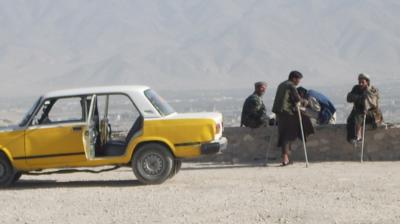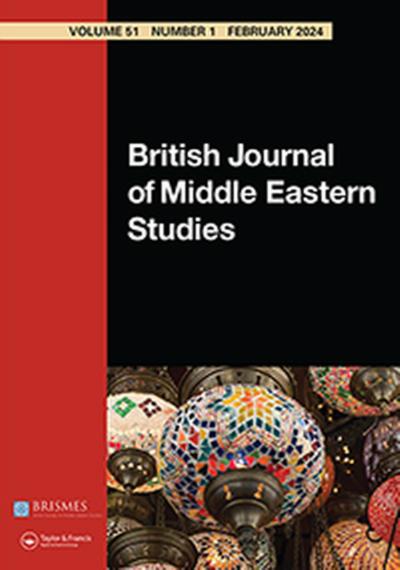Conflictual peacebuilding: Afghanistan two years after Bonn
How to cite this publication:
Astri Suhrke, Kristian Berg Harpviken and Arne Strand (2004). Conflictual peacebuilding: Afghanistan two years after Bonn. Bergen: Chr. Michelsen Institute (CMI Report R 2004: 4)
This report charts the aid policies pursued in Afghanistan since late 2001 aimed at building peace in a country devastated by two decades of conflict. The report presents the four pillars of the peacebuilding design and examines the national and international context for what is termed as a 'conflictual peacebuilding.' The state-building process as well as the relief and reconstruction policies are discussed in more detail, followed by an examination of the political transition process and how the rule of law has been established. The national security situation and the international and regional contexts are reviewed as is Norway's role in the peacebuilding process. The report proposes policy guidelines for the policy agenda ahead: - Refocus and limit the war against the militants so as to reduce the negative impact on the peacebuilding agenda. - Emphasize institutional reforms and local capacity building as prerequisites for a large influx of new funds. - Address issues that have been relatively neglected in the reconstruction process so far, including human rights, anti-poverty programs, and regulatory policies that promote greater equality and equity in sharing the benefits of reconstruction - Anchor the peacebuilding process more firmly in the regional context, inter alia by creating an institutional forum for cooperation between Afghanistan and its neighbors. Norway should consider consolidating its present aid portfolio and concentrating on an identifiable niche where the Norwegian contribution can make a difference.




